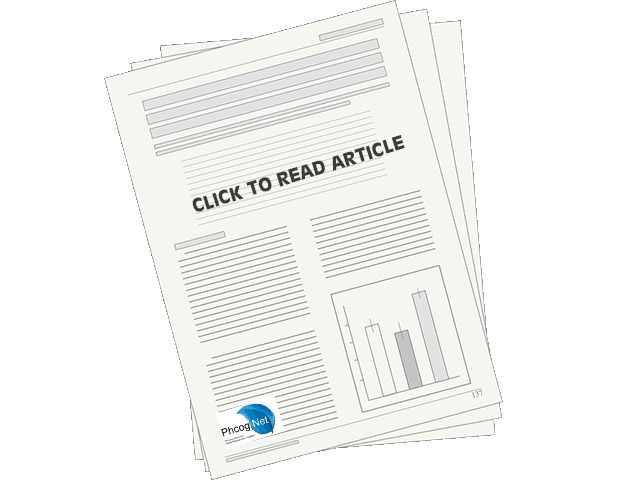Antioxidant and drug metabolism
DOI:
https://doi.org/10.5530/fra.2014.1.1Keywords:
NilAbstract
The production of physiological amount of free radical is essential to fight against an unfavorable environment. The free radicals like nitric oxide (NO), superoxide anion, and related reactive oxygen species (ROS) play an important role as regulatory mediators in signaling processes. In higher organisms, NO and ROS regulates vascular tone, oxygen tension in control of ventilation and erythropoietin production.1 Free radicals activate a signal transduction from membrane receptors, for example ROS is essential for tissue factor protein expression in endothelial cells, TNF-γ-induced vascular cell adhesion protein 1 (VCAM-1) in vascular smooth muscle cells (VSMCs), tyrosine phosphorylation in fibroblasts and lymphocytes, etc. Similarly reactive nitrogen species (RNS) is important in norepinephrine-induced prostacycline release in hypothalamus, formations of synaptic connections in olfactory receptor neurons, N-methyl-D-aspartic acid (NMDA) receptor activity in cortical neurons, etc.2





